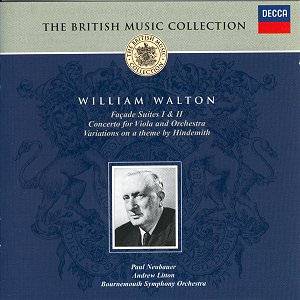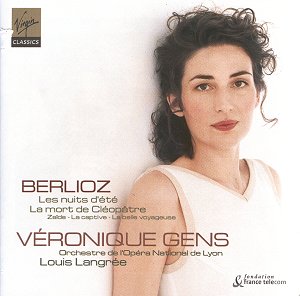 Composer: Sviatoslav Richter
Composer: Sviatoslav Richter
Works: Haydn: Sonata in C, Hob.XVI/50; Chopin: Scherzo No. 4 in E, Op. 54; Ballade No. 3 in A flat, Op. 47; Rachmaninov: Preludes, Op. 23/1, Op. 32/9, 10, 12; Ravel: Jeux d’eau, Miroirs: 5. La Vallée des Cloches; Prokofiev: Sonata No. 6, Op. 82; Visions fugitives, Op. 22/3-6, 8, 9, 11, 14-16; Debussy: Préludes, Book 1: 5. Les Collines d’Anacapri; Chopin: Études, Op. 10/10, 12; Mazurka Op. 24/2
Performers: Sviatoslav Richter (pianoforte)
Recording: Recorded live, 26 Dec. 1960, Carnegie Hall, NY; 28 Dec. 1960, Mosque Theatre, Newark
Label: RCA
Sviatoslav Richter’s artistry continues to resonate through his recorded legacy, a testament to both his interpretive genius and the historical context in which he flourished. The “Rediscovered” album, featuring a selection of works from Haydn to Prokofiev, encapsulates a critical moment in Richter’s career—his triumphant debut tour of the United States in 1960. This collection not only showcases his technical prowess but also offers a rare glimpse into his interpretive choices during live performances, a dimension that often eludes studio recordings.
Richter’s approach to Haydn’s Sonata in C, Hob.XVI/50 is strikingly austere yet deeply expressive. While many pianists gravitate towards Haydn’s innate buoyancy, Richter imbues the piece with a steely intensity. The first movement, though devoid of the customary joviality, is imbued with robust energy that challenges listeners to reconsider Haydn’s stature as a composer. The slow movement emerges with an emotional depth that is both reflective and grandiose, while the final movement encapsulates a sense of triumphant resolution. Richter’s minimal use of the sustaining pedal, a hallmark of his style, allows each note to resonate with clarity, demonstrating his ability to create a rich texture through sheer fingerwork alone.
Transitioning into Chopin, Richter’s interpretation of the Scherzo No. 4 is particularly noteworthy. The outer sections explode with a vibrant energy that captivates the listener, a stark contrast to the central melody where Richter’s lyrical sensitivity flourishes. This juxtaposition of fire and warmth not only highlights the Scherzo’s emotional complexity but also cements Richter’s place among the pantheon of great Chopin interpreters. Similarly, the Ballade No. 3 builds inexorably towards its climactic moments, revealing an acute understanding of the work’s psychological landscape.
Richter’s affinity for Rachmaninov is palpable, as he navigates the Preludes with an intimate understanding of the composer’s contrapuntal intricacies. His analytical approach eschews generalized romanticism, instead revealing the nuanced interplay of voices that defines Rachmaninov’s style. This performance resonates with a raw emotionality that could only stem from a deep connection between pianist and composer. The Prokofiev Sonata No. 6 is equally compelling, where Richter’s formidable technical command harmonizes seamlessly with lyrical passages, maintaining formal integrity while exploring the composer’s more introspective moments.
Turning to the Ravel selections, while Richter’s interpretation of “Jeux d’eau” and “La Vallée des Cloches” is undeniably colorful, it also diverges from the tranquil essence typically associated with these works. The intensity he brings to Ravel’s textures is fascinating yet potentially misaligned with the composer’s intent. This contrasts sharply with his treatment of Debussy’s Préludes, particularly “Les Collines d’Anacapri,” which captures the atmospheric quality intrinsic to Impressionism—an ethereal performance that finds Richter at his most evocative.
The sound quality of this release merits mention as well. Recorded live in the late 1960s, the engineering is commendably clear, allowing for a responsive capture of Richter’s tonal nuances, even if it occasionally veers into a two-dimensional soundscape. The applause, while abundant, serves to contextualize the live experience, though its presence may prove distracting for home listening.
Richter’s “Rediscovered” collection is not merely a reiteration of his established greatness; it is a vital contribution to the ongoing dialogue about his interpretation of the piano repertoire. Each performance is a reminder of his unique ability to blend technical precision with profound emotional depth. This compilation stands as a compelling invitation to both seasoned admirers and new listeners to explore the multifaceted artistry of one of the 20th century’s most significant pianists.



